A gas-hot air furnace is an essential piece of equipment used to heat premises by burning natural gas, propane, or fuel oil. During operation, the furnace draws in cool air, heats it, and then disperses the warm air throughout the facility using a network of ductwork and vents.
What are the different types of gas-hot air furnaces?
Broadly, there are three gas-hot air furnaces: natural draft furnaces, induced draft furnaces, and high-efficiency condensing furnaces. A natural draft furnace operates on the principle of warm air rising. It incorporates an open combustion chamber that draws in room air to support combustion. This simple yet efficient design makes the natural draft furnace a common choice for many users.
On the other hand, the induced draft furnace includes a fan that draws air into the combustion chamber. This design enhances control over the combustion process, resulting in increased efficiency and safety of operations. A forced hot air gas furnace falls under this category, with the forced system assuring faster and more even heat distribution.
Finally, the high-efficiency condensing furnace stands out as a gas-fired hot air furnace that delivers great energy efficiency. By employing a secondary heat exchanger, it condenses flue gases to extract and utilize latent heat, significantly reducing energy consumption. As a result, this type of gas-fired hot air furnace reduces the overall environmental impact and contributes to significant cost savings for business owners.
How long do gas-hot air furnaces last?
The operational life of a gas-hot air furnace varies depending on its maintenance practices, usage, and overall quality. For instance, a furnace operating continuously under harsh conditions might have a shorter lifespan than one used intermittently. Still, on average, with regular preventive service, a propane hot air furnace or any other gas furnace often lasts around 15–20 years.
What are the industrial applications of gas-hot air furnaces?
Metallurgical production: Gas-forced hot air furnaces play a crucial role in metallurgical processes, such as smelting and heat treatment. Their ability to maintain high heat levels makes them an ideal choice for shaping and altering the properties of metals. Heat treatment might be performed to achieve various aims, such as increasing hardness, changing mechanical properties, or reducing internal stresses in a material.
Chemical reactions: These furnaces also facilitate and control high-temperature chemical reactions. Their precise temperature regulation ensures the proper execution of reactions for optimum yields. For instance, the cracking of hydrocarbons necessitates an elevated temperature environment to break down complex molecules into simpler compounds.
Glasswork: In the glasswork industry, gas-hot air furnaces are indispensable. These furnaces provide the high temperatures needed to melt materials for molding, helping to create various glass products. For instance, 'annealing' — a process of slowly cooling hot glass objects after they have been formed, is essential to relieve residual stresses and prevent the glass from cracking.



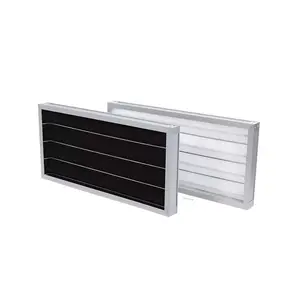





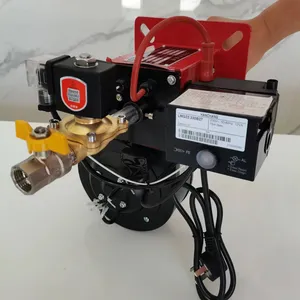


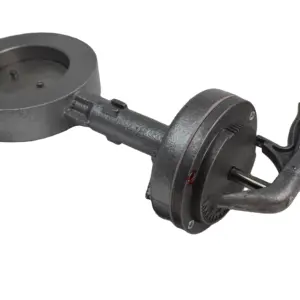





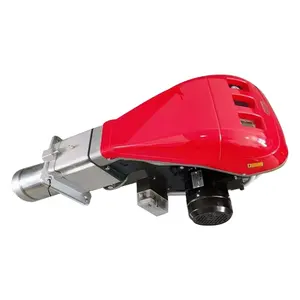



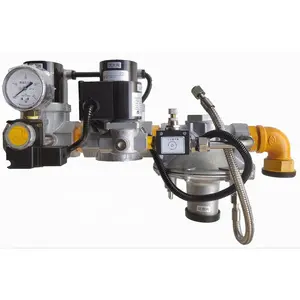

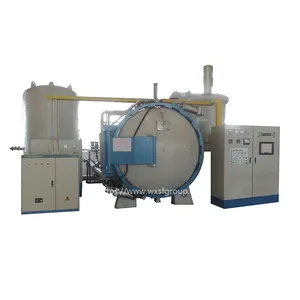
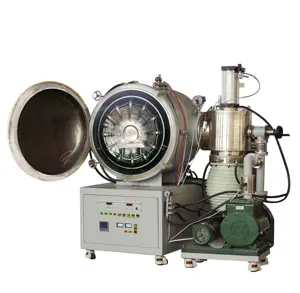
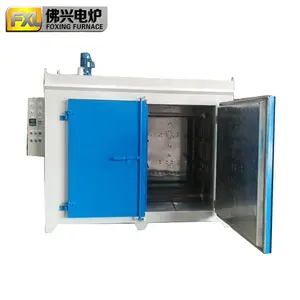

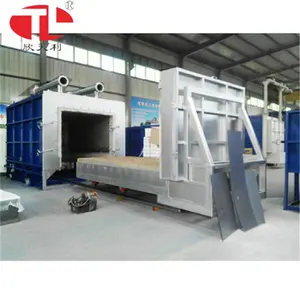











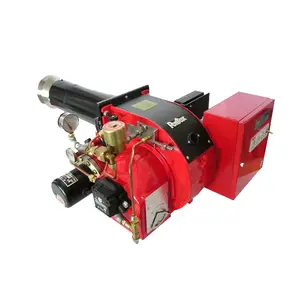
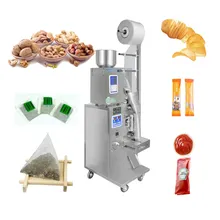


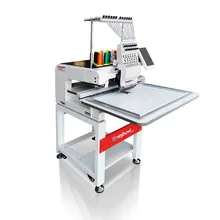
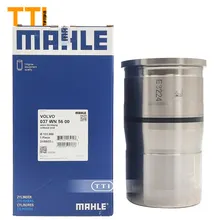
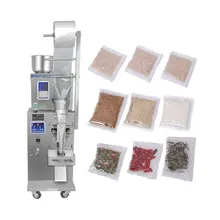

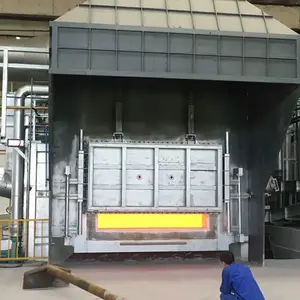



























 浙公网安备 33010002000092号
浙公网安备 33010002000092号 浙B2-20120091-4
浙B2-20120091-4